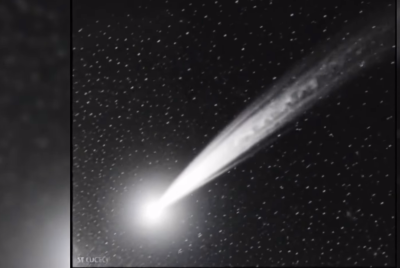Super-fast flights: Are supersonic jets commercially viable?
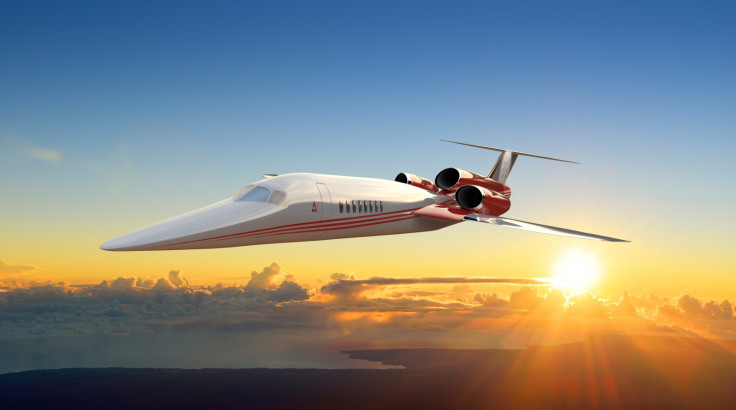
The Concorde was an iconic supersonic airliner that flew for 35 years, offering super-fast travel, such as flights from London to New York in under three hours.
Unfortunately the Concorde was retired for good in 2003, due to losing huge amounts of money, making too much noise and producing a great deal of environment-harming carbon emissions.
Before that was the horrendous airplane crash in 2000 caused by human error and a disregard for aviation safety procedures, which caused public opinion of the famous aircraft to plunge, and passenger numbers never picked up again.
It might have been the end for the Concorde, but the aerospace industry still believes in supersonic technology and has been working to build much better aircraft. But do we even need super-fast flights, and are they commercially viable?
What is supersonic?
Supersonic refers to aircraft that can travel at the speed of sound – 1,225 km/h, also known as "Mach number", up to Mach 5 (6,126 km/h). In comparison, commercial airliners today fly at subsonic speeds of less than 980km/h.
Flying at the speed of sound is possible using Supersonic Combustion Ramjet Engines (Scramjet) technology. Thrust is created by liquid fuel and liquid oxygen mixing together, but carrying both fuel and oxygen tanks on board a plane slow it down.
Supersonic aircraft engines take the oxygen needed for combustion from the atmosphere around and passing through the vehicle as it flies, rather than from a tank on board, which makes the aircraft lighter and also enables it to fly efficiently at extremely high speeds.
Supersonic could succeed if businesses want it
"Supersonic may be useful for a business jet. Consumer customers only pay what they pay. In order to cover your costs and make a profit, you'd have to charge an entire plane First Class tickets," Teal Group analyst Richard Aboulafia tells IBTimes UK.
"Business has a completely different elasticity in terms of price, so they might use a supersonic business jet for 400 hours a year with only four people travelling in it. I'm pretty confident about this being used by the mid-2020s."
US-based aircraft manufacturer Aerion has developed the Mach 1.5 Aerion AS2 supersonic business jet in collaboration with Airbus, which has been available to order since May and is priced at $120m (£78m, €107m), although test flights are not expected to begin until 2019.
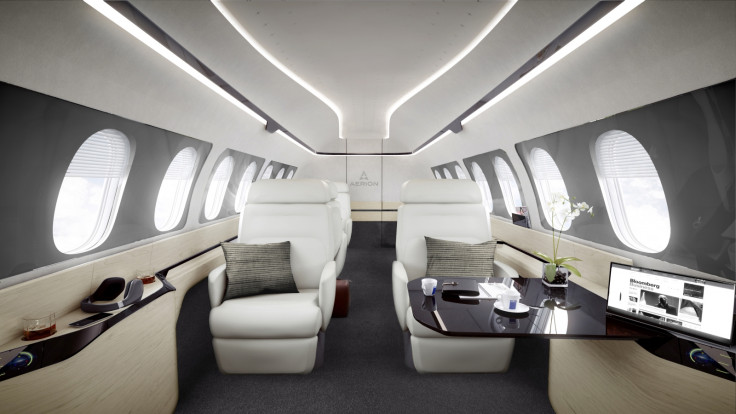
"It all comes down to the ability to 'create time'. Time is the one of the rarest commodities we have. What our airplane can do is convert non-productive time to productive time, whether it's for business or leisure. Essentially AS2 has the utility of a time machine," Aerion CEO Doug Nichols tells IBTimes UK.
Nine studies have been conducted in recent years about how supersonic jets should be priced and whether there is a business case for them, with three of the studies funded by Aerion.
The firm says prospective customers have no problem with the price because they are more concerned about being able to get to destinations in a much faster time.
Solving the technical challenges that plagued the Concorde
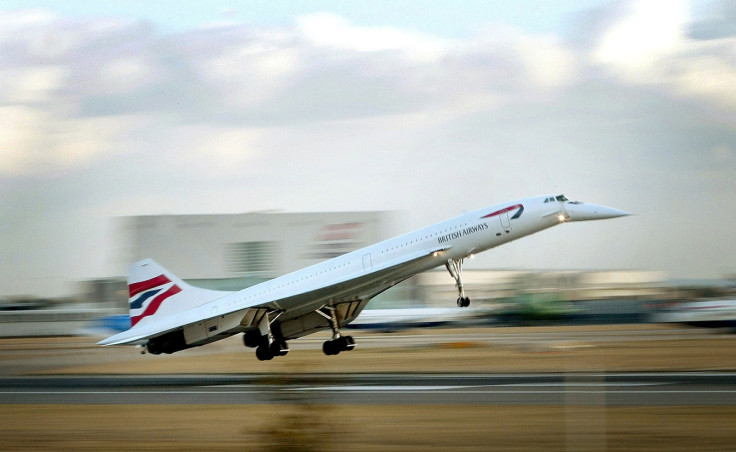
"The Concorde was a highly inefficient aircraft. It was a beautiful machine, but it was based on late 1960s technology. Because of its design, it has a double-delta, highly swept wing, which is highly inefficient at low speeds," explains Nichols.
"Because it had a swept wing, it created a phenomenon called crossflow, which created very turbulent airflow over the wing that is highly draggy due to lots of friction in the air. It takes a lot of gas to power the Concorde because of this, which led to more carbon emissions.
"So subsequently, no matter how much they tried to charge, it couldn't cover its operating costs."
To solve the cruise efficiency problem, Aerion has been working with Nasa for several years to develop better aircraft geometries, such as supersonic natural laminar flow technology, where sharper wings slanted at a specific angle are able to move smoothly through the air with minimum drag.
Rival Lockheed Martin is also working with Nasa on supersonic technologies for a small business aircraft carrying between five to 10 people called the N+1, but it is focused more on the sonic boom problem – a really loud sound that is heard when a supersonic aircraft passes overhead, caused by shock waves from the aircraft travelling through the air faster than the speed of sound.
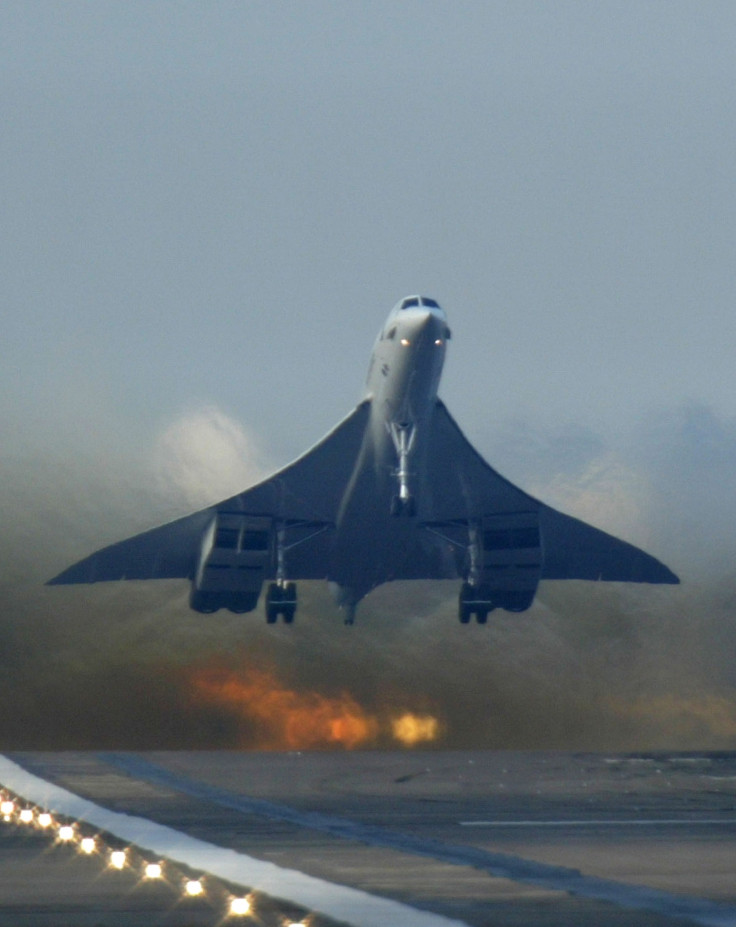
"Nasa is trying out technologies in order to get around barriers to supersonic aircraft," David Richwine, an associate project manager with the Commercial Supersonic Technology Project and Low-Boom Flight Demonstration at Nasa tells IBTimes UK.
"The biggest, most overarching barrier is the sonic boom, which we've set as our top priority. We're trying to understand how to make the sonic booms lower, and to understand the community's response to that, whether you're in a city, in a quiet field or in a store – what's the human response to that boom?"
Richwine said that Nasa has been able to design a sonic boom that is only 0.3lb per sq ft of overpressure, as opposed to the Concorde's sonic boom of 2lb per sq ft.
Nasa has also worked on improving the materials used in supersonic aircraft engines, making engines quieter and more efficient, as well as better flight systems to control how the plane flies.
Another key problem is ensuring that a supersonic plane can still join a queue to enter an airport with other planes, even though it is travelling at a much higher speed than regular subsonic commercial jet flights.
Dealing with regulatory hurdles
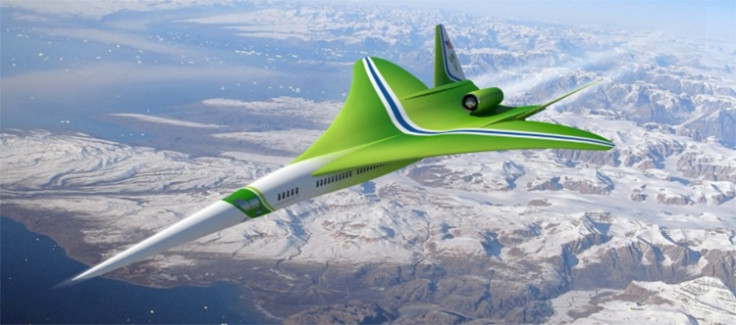
Aerion's AS2 jet is designed to fly supersonic over water at Mach 1.5 and subsonic over land (at Mach 0.95), while rival Lockheed Martin wants to be able to fly supersonic at all times. At the moment, supersonic flights are completely banned in the US, so even though other countries have more relaxed rules, this puts a dampener on transatlantic flights to North America.
"We're very close to understanding the technology enough to get a regulatory change from the Federal Aviation Administration (FAA), but that takes a long time, at least six years," says Richwine.
"We have to provide the FAA with proof that we can lower the boom when flying supersonic, and define some levels about how loud can that airplane be. For Nasa, it's fairly easy to do the test flights as we're on a military test range at Armstrong. But it's much harder if we wanted to fly over people and cities as people aren't used to sonic booms."
Aerion says that it would rather fly subsonic over land as perceptions of sonic boom are hard to change.
"For any supersonic aircraft to be viable for the market, it must have the ability to recover all development costs and be sold for enough to create a profit margin," says Nichols.
"Regulation changes would be good for us, but perception of the sonic boom is a large hurdle to overcome. Hence, Aerion is not focused on trying to mitigate the sonic boom or build a business case completely dependent on the relaxing of rules.
"We can't see any board of investors authorising funds to develop the aircraft in an area with uncertain regulations, where the company has no control or ability to affect that outcome."
Supersonic might eventually come to consumers
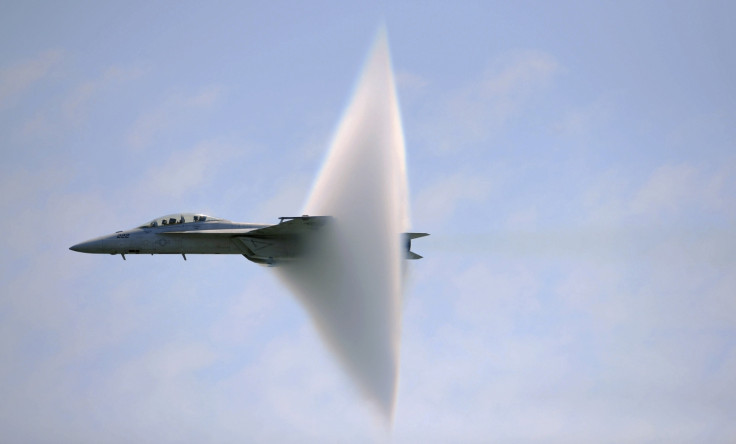
As for the other airplane manufacturers, Gulf Stream and Lockheed Martin are keen on the N+1 because it will hopefully be ready for the business market in 10-15 years.
If the N+1 is successfully realised, large aircraft manufacturers like Boeing would then become interested in the N+2, a proposed larger civilian-class supersonic aircraft that will carry at least 35 people per trip, and then full-scale consumer civilian commercial N+3 jet airliners.
"I think the future for supersonic is bright. In my time, we will easily see supersonic flights for the N+1 aircraft. It will take a bit longer to propagate into N+2 and N+3 flights," says Richwine.
Aerion, meanwhile, is definitely banking its future on supersonic business jets.
"Supersonic will unquestionably be successful as a business model. We have spent years developing our technology and studying the market. There is no question that the AS2 will be a viable aircraft," says Nichols.
"The AS2 will be practical, efficient and provide a value proposition that is tremendous in terms of savings of time."
© Copyright IBTimes 2025. All rights reserved.




